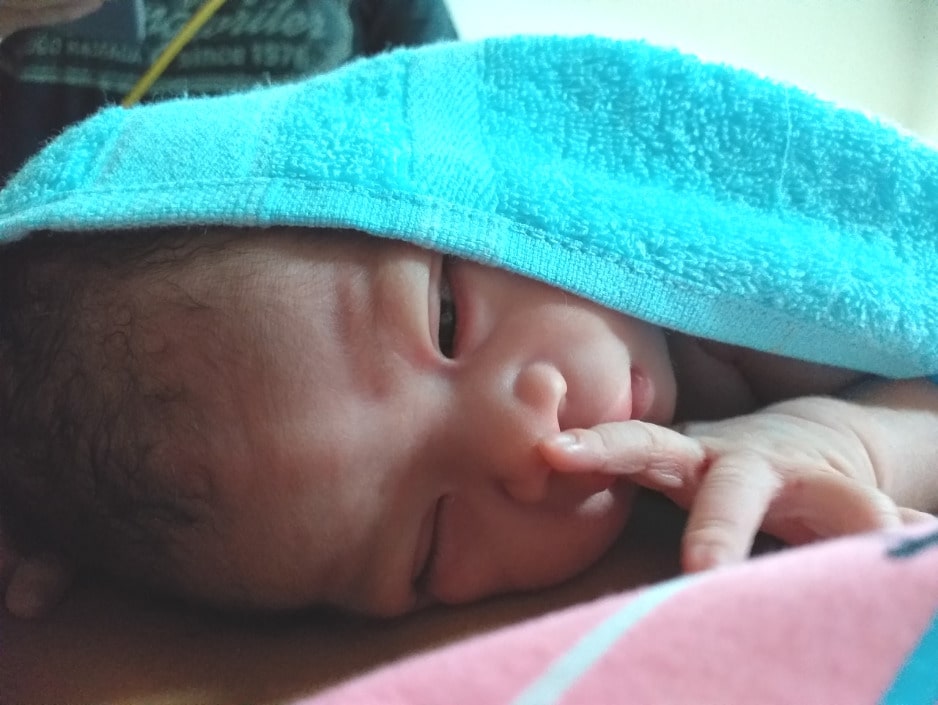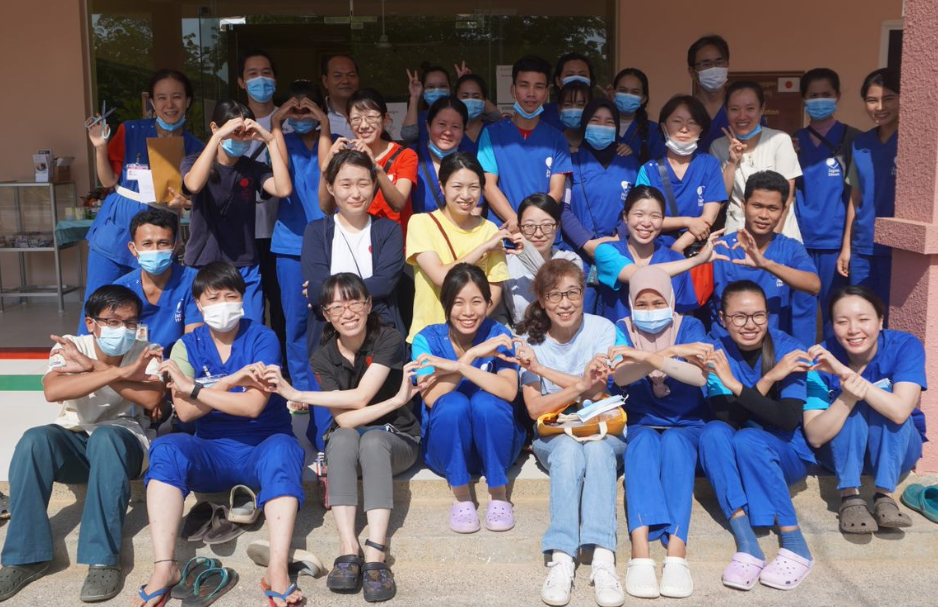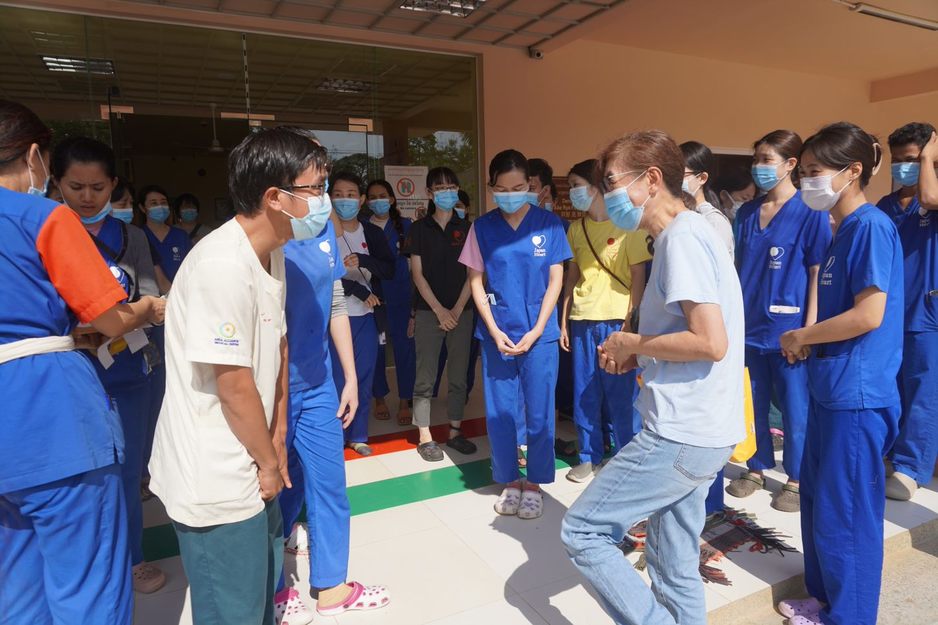As a midwife, I am always happy to take care of a delivery, even a delivery that I’ve never experienced before.

My name is Nishikawa and I am a midwife who has been in Cambodian for more than two years, so I can no longer say I’ve only been here for a short time.
Japan Heart Hospital in Cambodia doesn’t usually handle baby deliveries because we don’t have an obstetrician or gynaecologist.
However, Dr Morikawa, who is an OBGYN regularly comes to Cambodia to help with perinatal activities which is a huge help to us.
During this mission, Dr Morikawa stayed in Cambodia for 3 months after going through mandatory quarantine.
When Dr Morikawa stays at Japan Heart Hospital, she accepts high risk deliveries that Ponhea Leu Referral Hospital, the government hospital next door, cannot handle.
The high-risk cases she encounters are things like babies that are too large and difficult to deliver, babies aren’t born in a timely manner after dilation, or labour does not start after a mother’s water breaks. Honestly though, the definition of “high-risk delivery” here is ambiguous.
The simplest way to define it is just a delivery that Ponhea Leu considers to be too difficult.
In this article, I will talk about what kinds of deliveries Ponhea Leu actually refers to us.
Firstly, I think that the most common case are mothers with large babies. It is not uncommon for pregnant women in Cambodia to gain a lot of weight and such women often have large babies.
During our maternity check-ups, if there is sugar in the urine or the baby seems large, we will test for gestational diabetes, which many facilities in Cambodia do not do.
Many women also do not know about the importance of diet and exercise during pregnancy and recently there was a mother who had eaten a whole durian.
Next, the most troubling case is when a delivery doesn’t proceed even after the mother’s uterus is fully dilated to 10cm. The birth styles of Japan and Cambodia are completely different.
In Japan, each case treated is based on evidence.
Therefore, even when a case does not go ahead as expected, it is possible to roughly understand the situation and what kind of care the mothers have received up to that point.
However, the difficulty we face at Japan Heart is that the care provided at Ponhea Leu sometimes differs from what we would usually imagine.
For example, in Japan, even if the uterus is fully dilated, midwives will not ask the mother to push unless the baby’s head is down.
However, in Cambodia it is normal to push as soon as dilation has occurred. In such cases when a midwife examines the baby, the baby’s head is still high in the birth canal, but the perineal area is swollen and the mother is often very tired.
It is also possible medical staff use medicine to induce labour at the wrong time. Therefore, whenever a woman is brought in it is necessary to assess the condition of the mother based on the expectation of unforeseen treatment.
Occasionally, mothers say that they have not had any contractions even though their water has broken. The difference from Japan is the time.
In Japan, the standard time for inducing labour is 24 hours after the water breaks, but unlike Japan, Cambodian guidelines seem to refer a patient after 8 hours without contractions.
Therefore, when mothers undergo labour at Ponhea Leu they often undergo labour naturally without the use of special medicines or procedures.
This is often a great time for us to teach Cambodian midwives at Japan Heart about non-high-risk deliveries.
During Dr Morikawa’s stay this time, we accepted about 40 deliveries, including caesareans.
Dr Morikawa is the reason why we were able to carefully assess deliveries when we don’t know what is going on, and bring on a vaginal delivery.
This is because she is able to use her wealth of experience and warmth when considering the best course of action. During her stay, she was also available to perform emergency c-sections.
In saying all this, the safety of childbirth is still inadequate and in Cambodia, a country of high fertility, it is necessary to consider the possibility of having a c-section when thinking about the next delivery.
It is very difficult to find the best method for high-risk deliveries while confirming the safety of the baby and moth case-by-case, rather than simply following Japanese guidelines.
With the support of the doctor, all of the midwives are working together to discuss the issue.
Our approach to childbirth is still in its infancy, but we would like to move forward with Dr Morikawa’s expertise to gradually deliver safe childbirth to this region.


*Pictures of the staff seeing off Dr Morikawa off after her mission
Midwife Nishikawa

